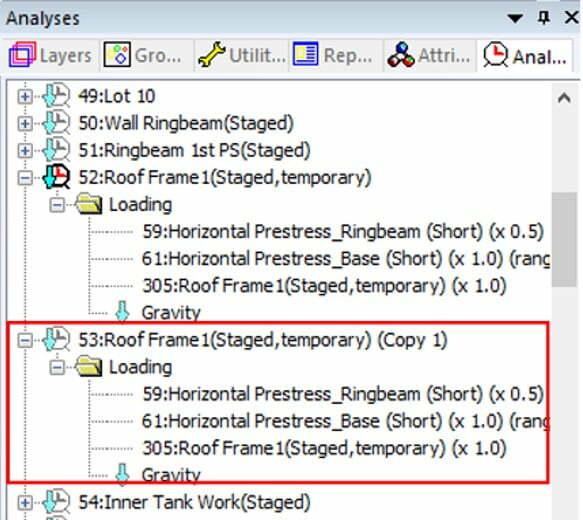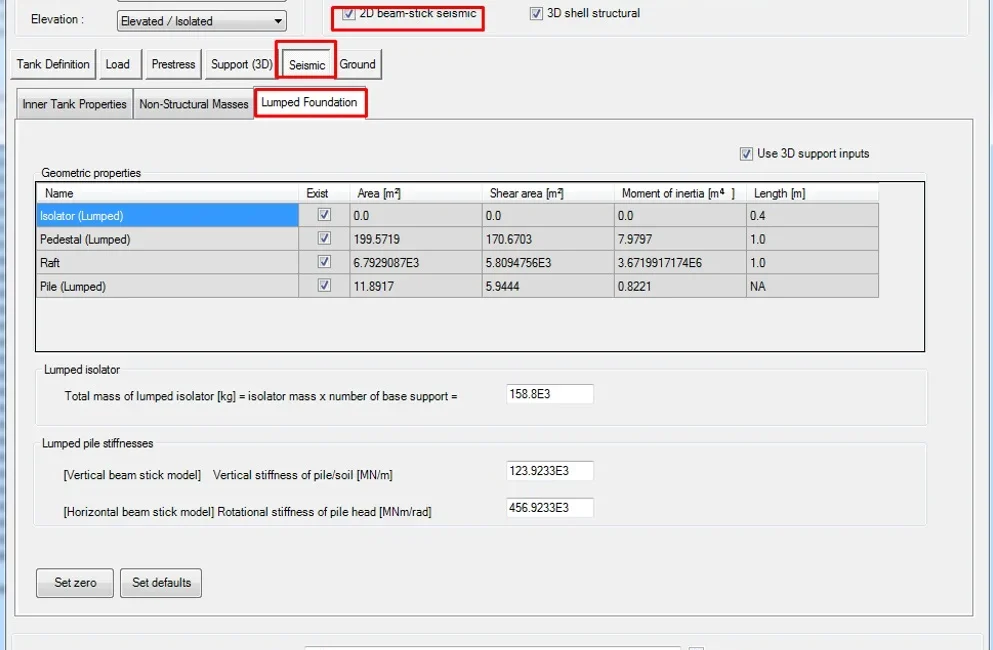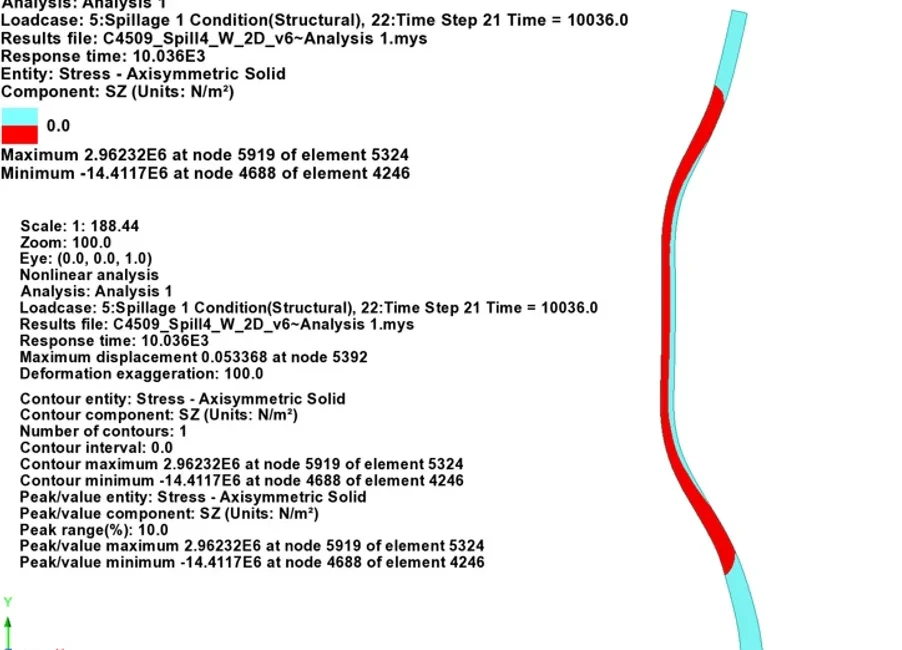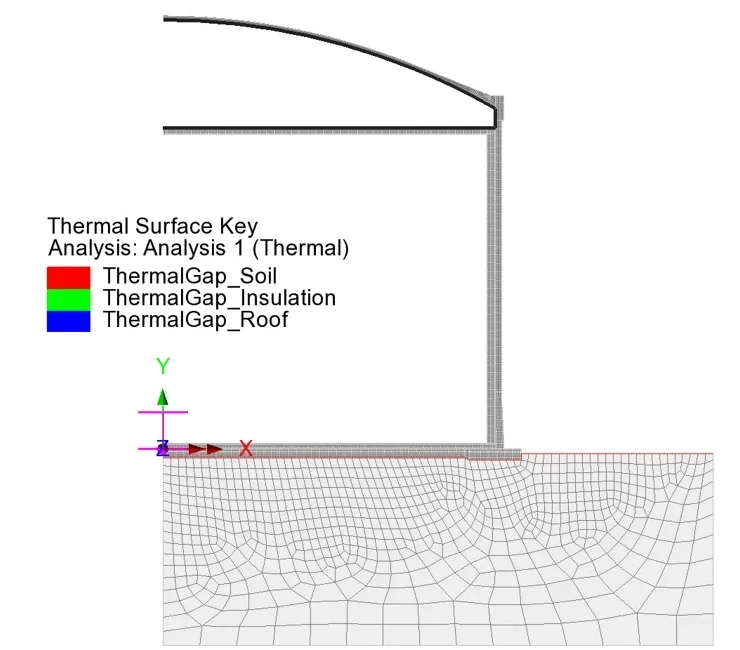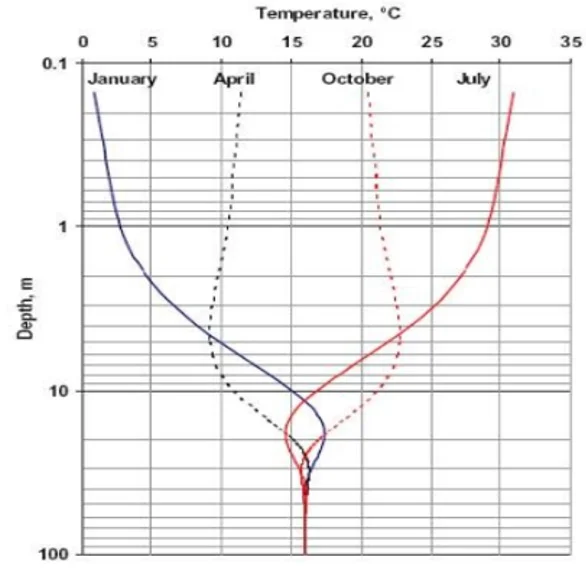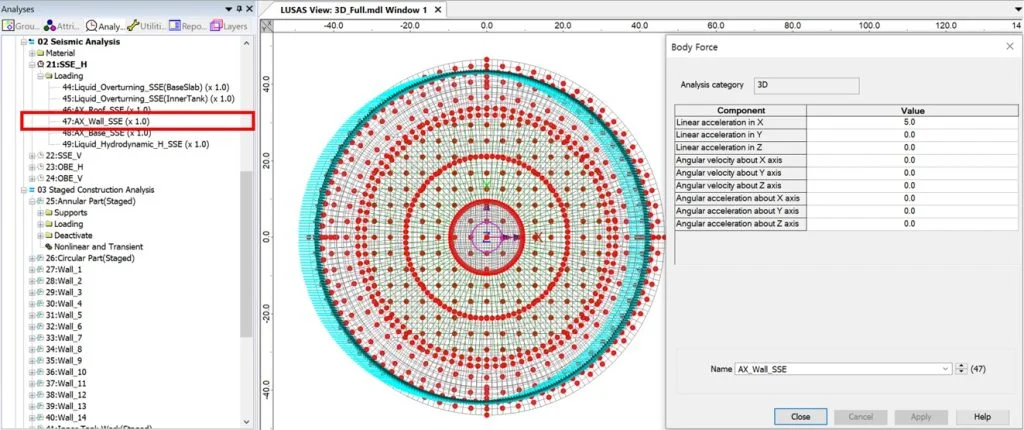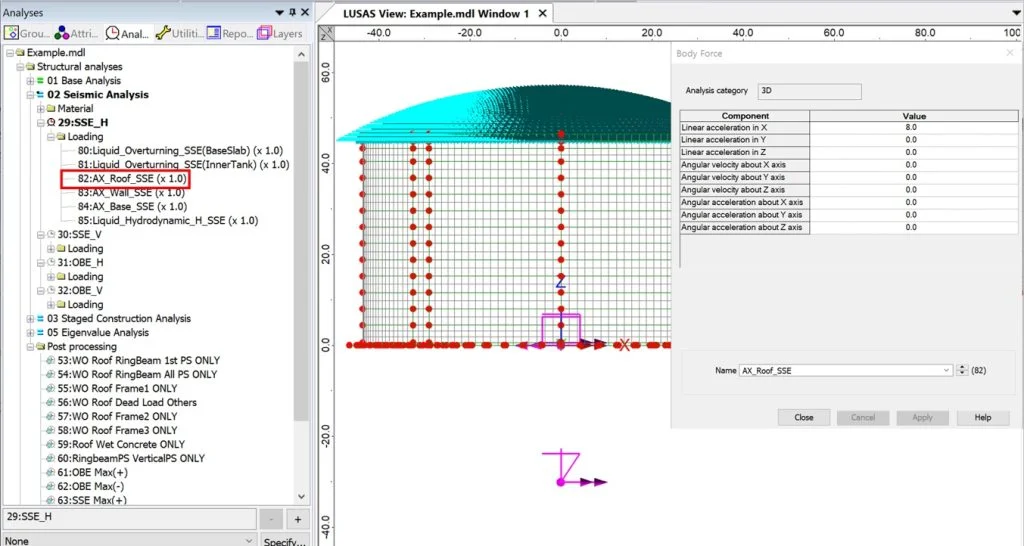When constructing a 3D static analysis model, by selecting one of the four construction stage scenarios, the settings required for the analysis are defined, and it is completed by defining only the size of the load added during the construction process.
Basic modeling concepts in beamstick models
The beam stick model is a model that follows the methodology of performing seismic analysis that considers the interaction of fluid-structure-ground, and in the LNG System, it creates a model that idealizes the entire pile into a single line.
Review of usefulness of 2D runoff analysis
The outflow analysis is performed using a 3D solid model including rebar arrangement to strictly examine the liquid tightness of the wall in case of outflow, but the process of determining the amount of rebar arrangement or prestress requires time and effort for analysis/review/revision. When considering , it may be...
Thermal Gap
'Thermal Gap' is applied between the roof insulation and the roof, between the wall insulation and the walls, and between the bottom plate and the ground. The property value is specified with an arbitrary value without user input. The parameter values used in property definitions can have an impact on...
Base Heating Range Determination
Base heating is used to prevent frozen heaving from occurring when the fluid stored in the tank is extremely low temperature when this temperature is transferred to the ground. In thermal analysis, base heating is defined as the LUSAS Prescribed Temperature load, as shown in the figure below. Apply by...
Ground temperature boundary modeling concept
The thermal analysis model reflects this and targets modeling up to the depth at which the ground temperature no longer changes. Since this value may vary depending on the region, the user is asked to enter it in 'Tank Definition'.
Seismic analysis results mapping (steel tank)
After performing a separate seismic analysis considering the fluid-ground-structure interaction for seismic loads, the analysis results are extracted and mapped to a 3D shell model, thereby analyzing other structural analysis load cases and earthquakes using the 3D shell model. Load cases can now be combined.
Seismic analysis results mapping (concrete tank)
After performing a separate seismic analysis considering the fluid-ground-structure interaction for seismic loads, the analysis results are extracted and mapped to a 3D shell model, thereby analyzing other structural analysis load cases and earthquakes using the 3D shell model. Load cases can now be combined.
Extract earthquake analysis results
[preparing]
How to modify the construction stage
When constructing a 3D static analysis model, by selecting one of the four construction stage scenarios, the settings required for the analysis are defined, and it is completed by defining only the size of the load added during the construction process.

